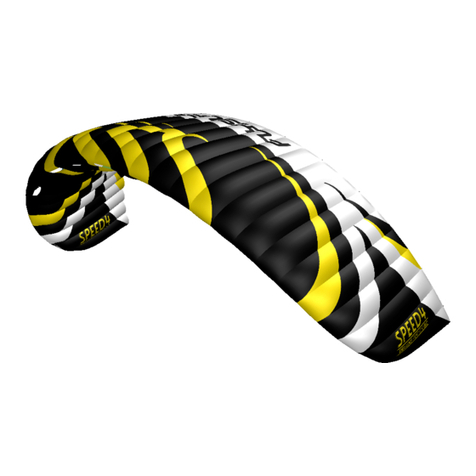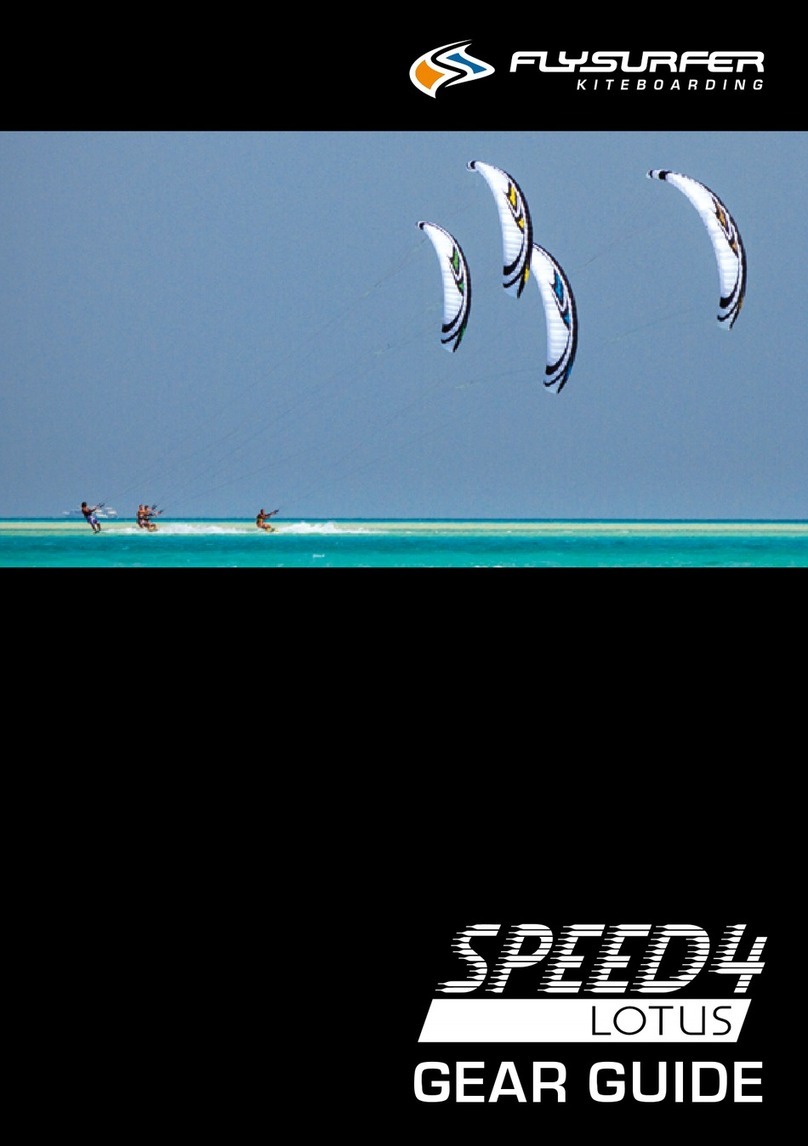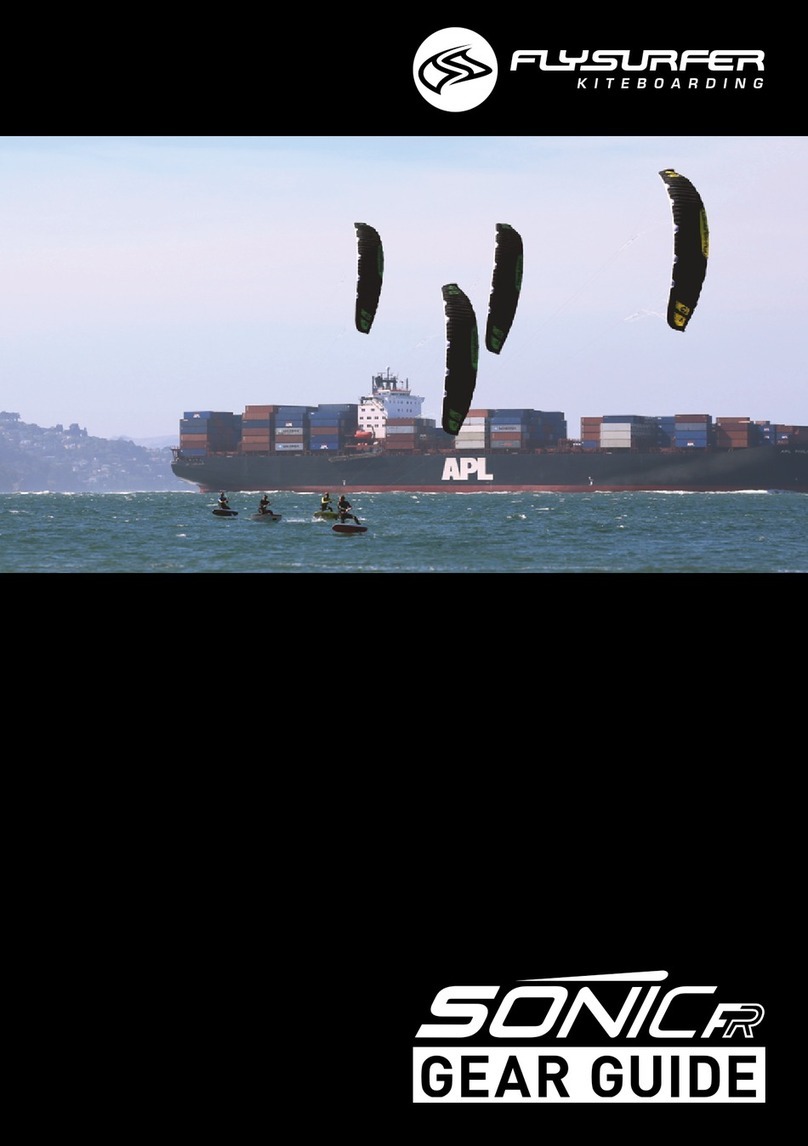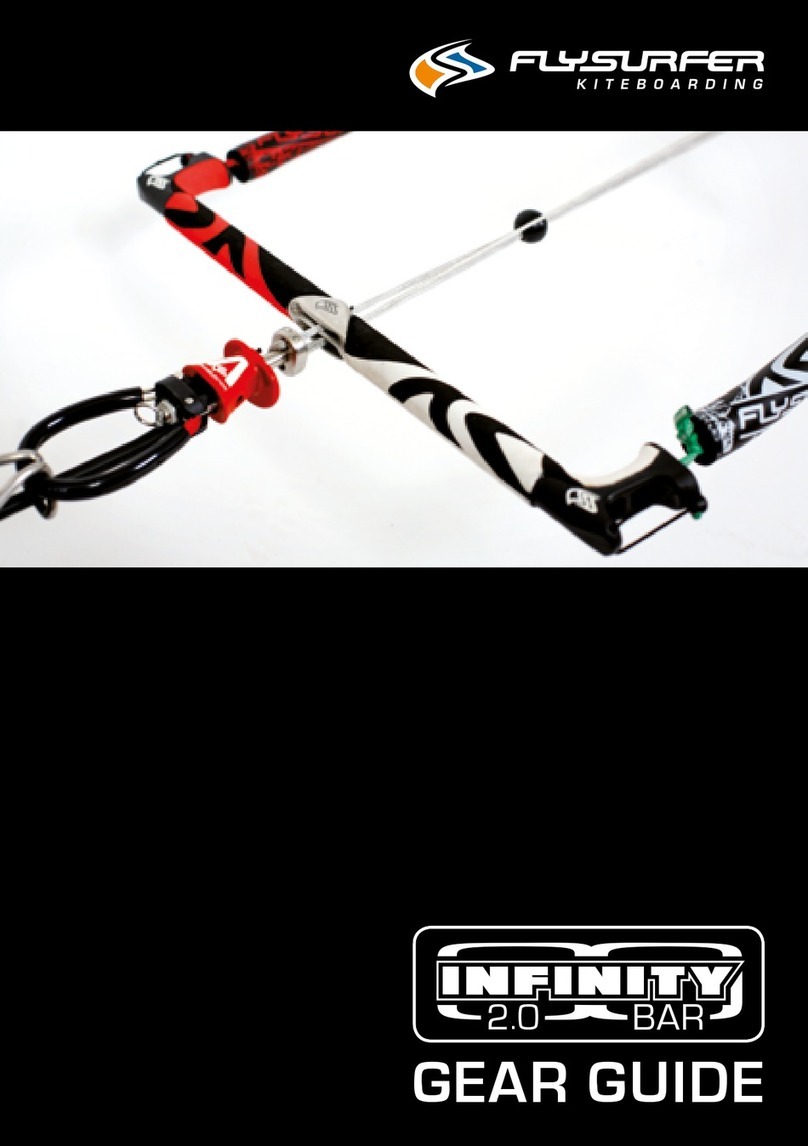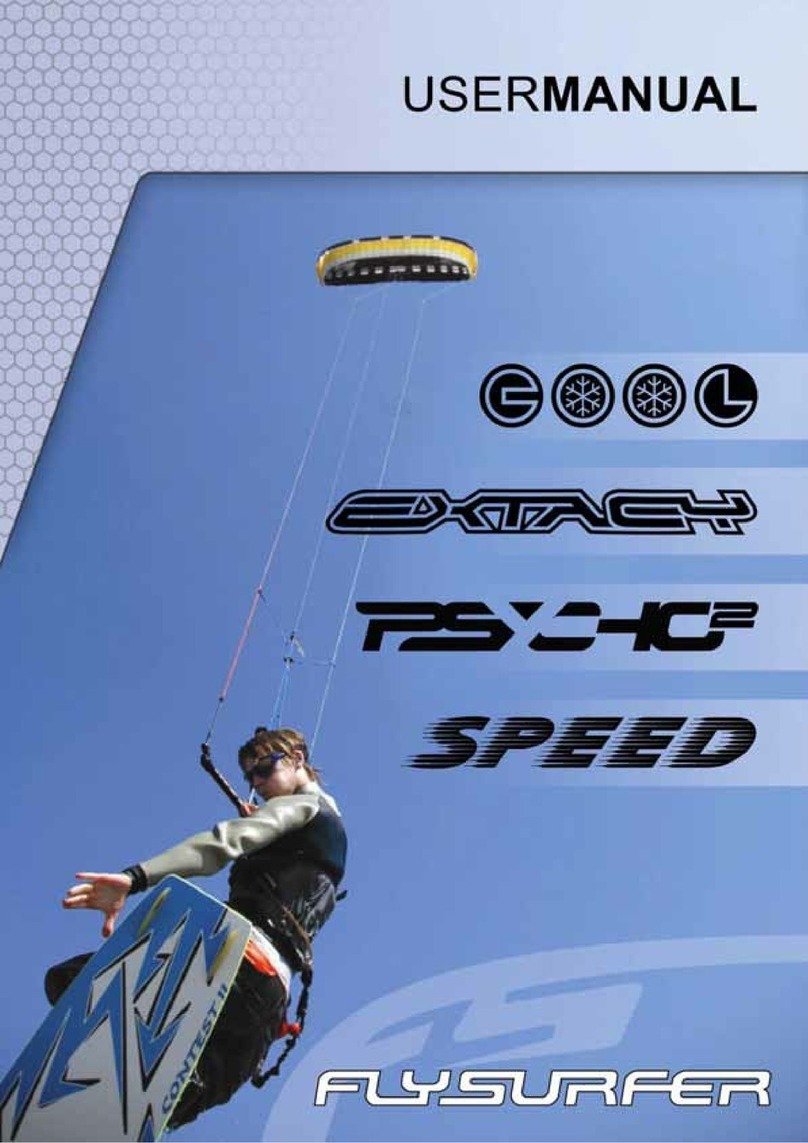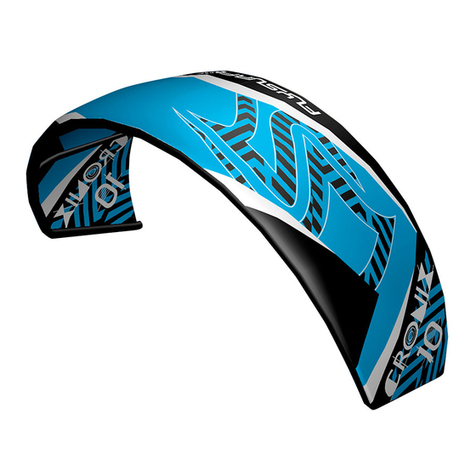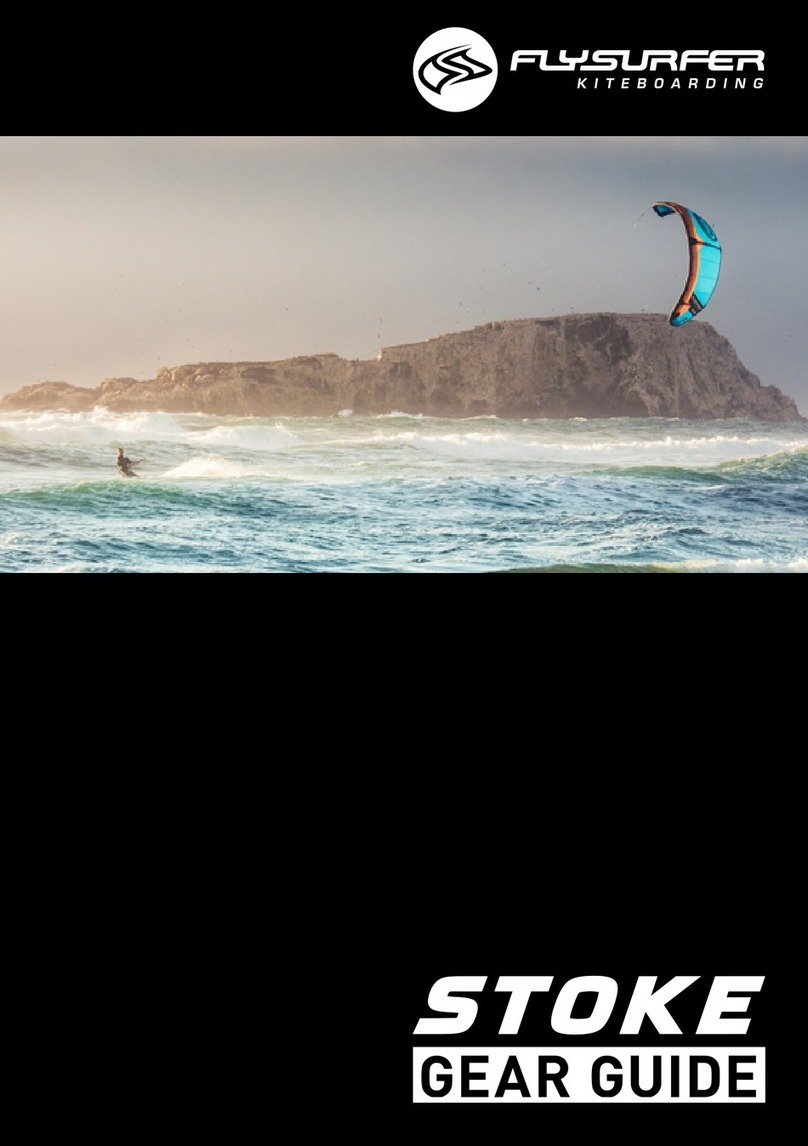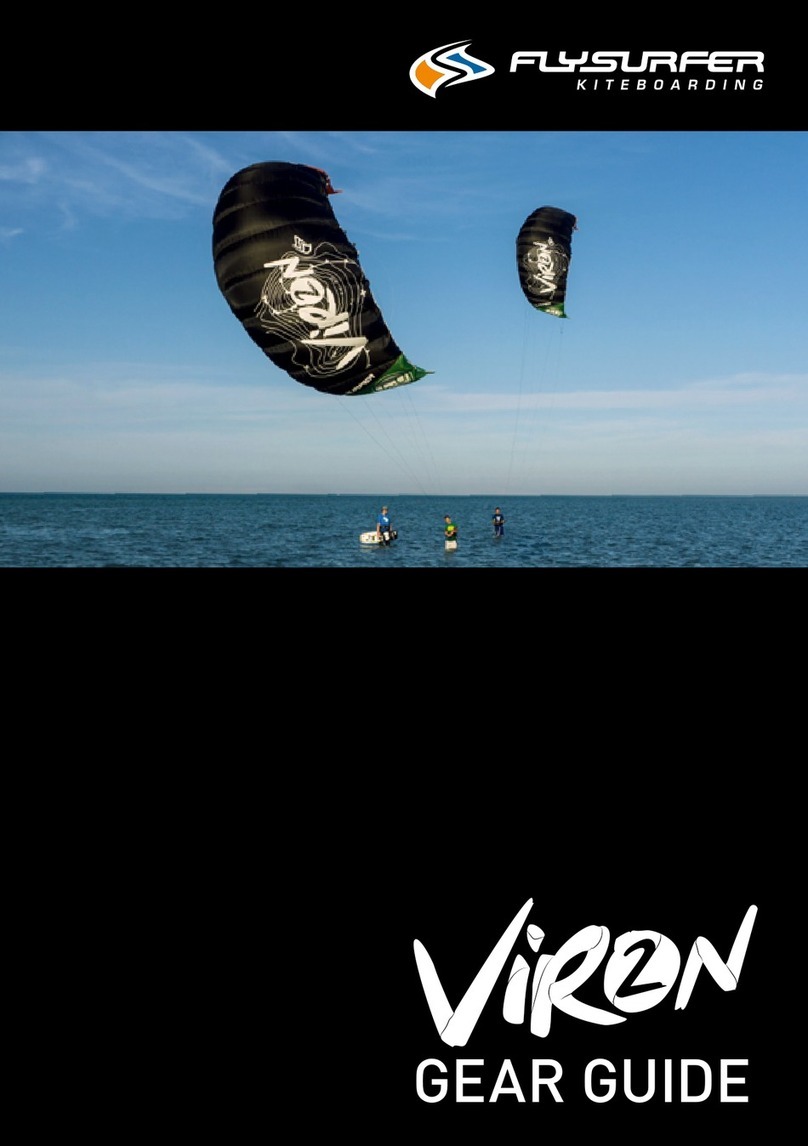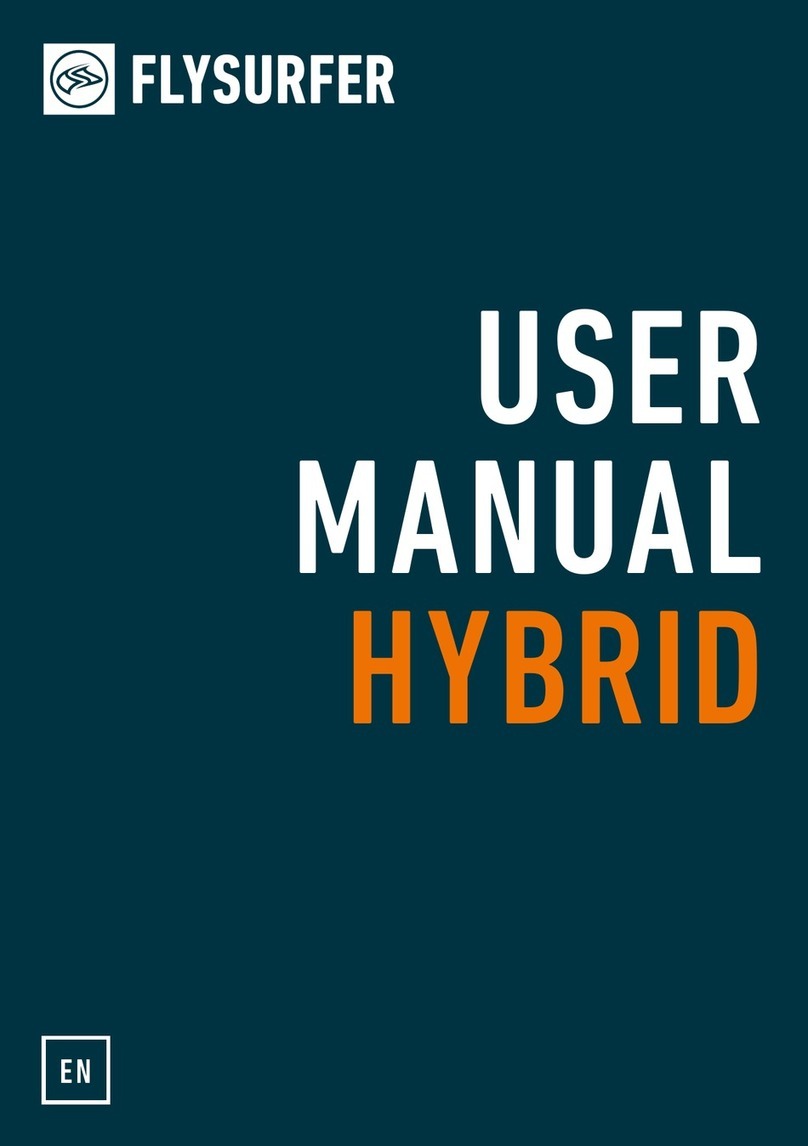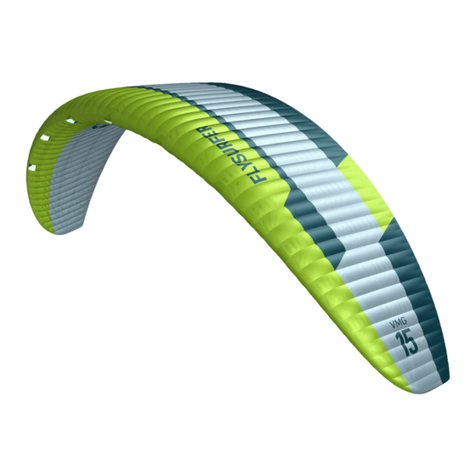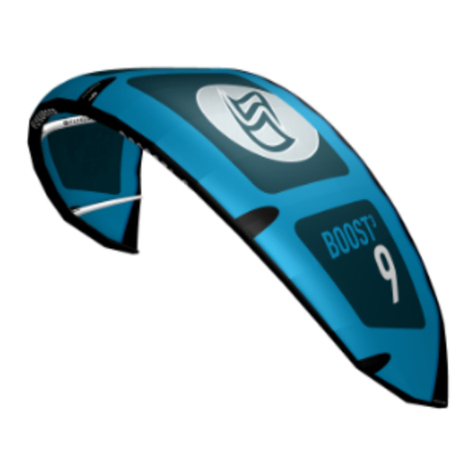
ENGLISH
3
CONTENT
01 Release of Liability.................................................................................................................................. 4
02 Safety Notes............................................................................................................................................. 5
02.01 Do not fly with kites........................................................................................................................................................5
03 Overview of the kite ................................................................................................................................ 6
04 Handling ................................................................................................................................................... 8
04.01 Setting Up a foil kite.......................................................................................................................................................8
04.02 Sorting the bridle............................................................................................................................................................9
04.03 Securing a foil kite..........................................................................................................................................................9
05 Launching................................................................................................................................................10
05.01 Self launching a foil kite at the edge of the wind window....................................................................................10
05.02 Edge of the wind window with a helper on a foil kite ............................................................................................11
06 Relaunch .................................................................................................................................................11
06.01 Reverse Launch.............................................................................................................................................................11
06.02 One Line Relaunch........................................................................................................................................................12
06.03 Drainage .........................................................................................................................................................................13
07 Landing....................................................................................................................................................13
07.01 Landing with an assistant...........................................................................................................................................13
07.02 Self-landing by backstall............................................................................................................................................14
07.03 Self-landing using the Frontline Safety ..................................................................................................................14
08 Safety System.........................................................................................................................................15
08.01 Reactivating the kite....................................................................................................................................................15
09 Emergencies............................................................................................................................................15
09.01 Self-Rescue with a foil kite.........................................................................................................................................16
10 Packing up...............................................................................................................................................17
11 Kite Care..................................................................................................................................................18
12 Maintenance............................................................................................................................................18
12.01 Replacing the Sparepart Lines and Pulleys.............................................................................................................18
12.02 Little Connection Lines................................................................................................................................................19
12.03 Repairing the Cloth.......................................................................................................................................................19
13 Trimmen ................................................................................................................................................. 20
13.01 Mixer................................................................................................................................................................................20
13.02 Camber Trim System....................................................................................................................................................20
13.03 Bridle-Check..................................................................................................................................................................20
13.04 Profile Moment Adjuster (PMA‘s)................................................................................................................................22
13.05 Optimum trim of the flying lines................................................................................................................................23
14 Repair & spare parts ............................................................................................................................. 23
